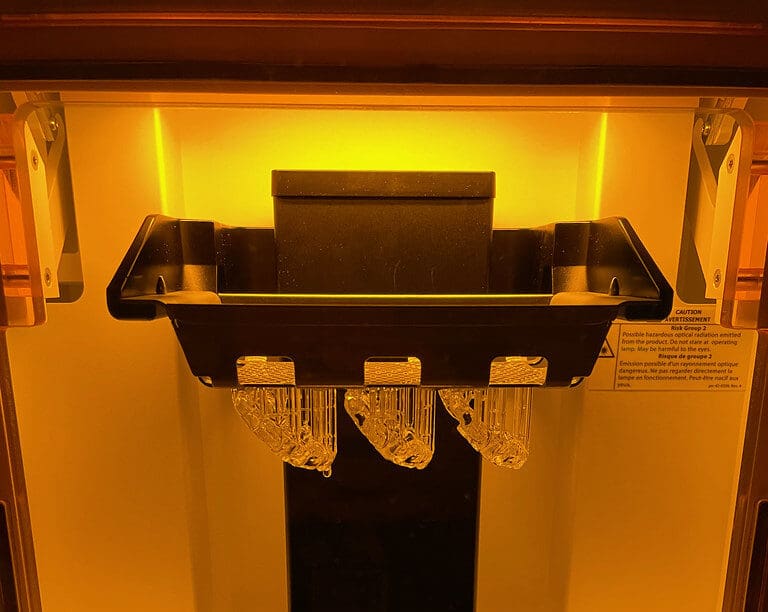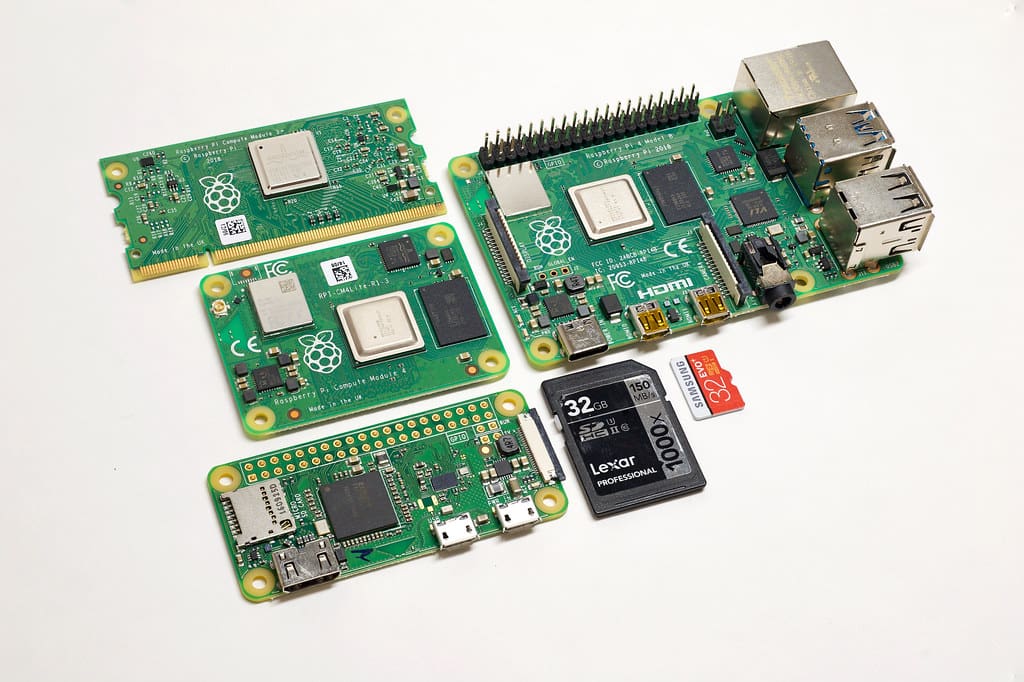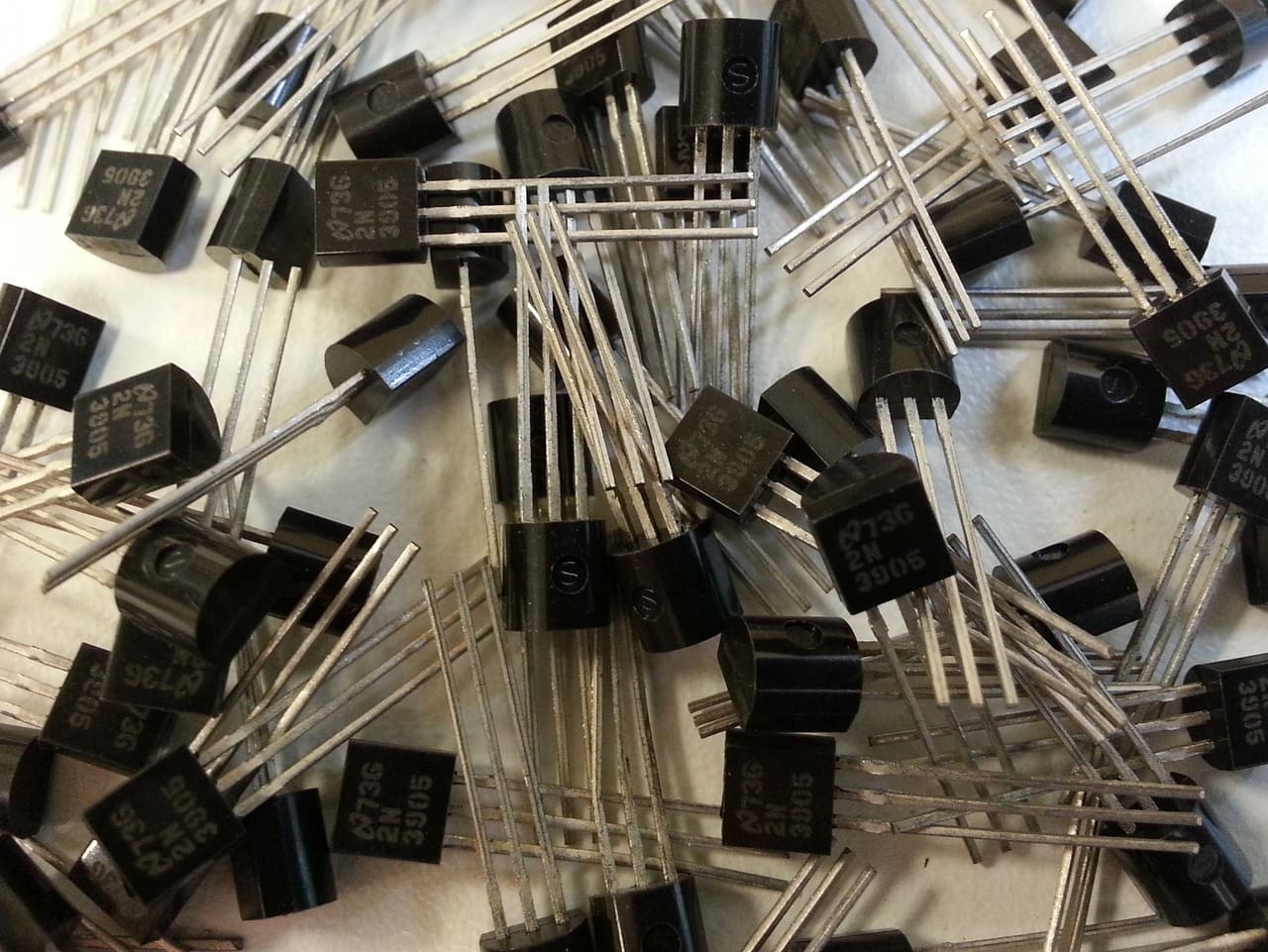Digital Light Processing (DLP) is a form of 3D printing that uses light to cure photo-sensitive resins into solid objects. It is distinguished by its use of a digital projector as a light source, enabling the rapid fabrication of parts with fine details and smooth surfaces. This technology is widely used in industries that require high precision such as dentistry, jewelry, and rapid prototyping. Understanding the key components of a DLP 3D printer helps users and technicians optimize their operations and achieve consistent, high-quality results.
Core Components of a DLP 3D Printer
1. Resin Tank: The resin tank holds the liquid photopolymer resin that is cured by the projector’s light to form the 3D printed object. It is typically transparent at the bottom to allow light to pass through and cure the resin. The tank may also incorporate a flexible or non-stick coating to facilitate the removal of the printed object after the build process.
2. Build Platform: The build platform is where the actual printing happens. It moves vertically, typically controlled by a precision screw or stepper motor system, and dips into the resin tank to build the object layer by layer. The platform’s movement is highly precise to maintain the exact thickness of each layer, which is crucial for achieving the desired resolution and accuracy of the print.
3. Light Source (Projector): The heart of a DLP printer is its digital projector, which uses a digital micromirror device (DMD) chip consisting of thousands of tiny mirrors. Each mirror represents one pixel in the projected image and can pivot to direct light toward or away from the resin surface. This setup allows the projector to cure an entire layer of the resin in a single exposure, making DLP printing significantly faster than stereolithography (SLA), which uses a laser to cure the resin point by point.
4. Optical System: The optical system includes lenses and mirrors that focus and direct the light emitted by the projector onto the resin surface. This system is crucial for ensuring that the light is evenly distributed and accurately focused across the entire build area, which affects the quality and details of the finished product.
5. Control Electronics and Software: DLP printers are controlled by sophisticated electronics and software that manage the light exposure, platform movement, and other aspects of the printing process. This software translates the 3D model into slices and instructs the projector to emit light patterns corresponding to each layer. Additionally, it adjusts settings such as exposure times and layer heights based on the resin’s properties and the desired outcome.
6. Cooling System: Because projectors generate significant amounts of heat, a cooling system is essential to maintain stable operating temperatures and ensure the longevity of both the projector and the electronics. This system typically includes fans and heat sinks, and in some high-performance models, it may also include liquid cooling solutions.
7. VAT Film: The bottom of the resin tank is covered by a transparent film, often made from silicone or other flexible, non-stick materials. This VAT film is crucial because it needs to transmit light while resisting the chemical and mechanical stresses of the printing process. It also must allow for the peeling movement necessary to separate each cured layer from the film.
8. UV Light Source: While the main projector cures the resin to form the shape of the object, a UV light source often post-cures the completed print to achieve its final material properties. This light ensures that the print is fully cured throughout and meets the expected strength and stability.
9. Safety and Ventilation System: Given that photopolymer resins can release harmful vapors, DLP printers are equipped with safety features to protect users. This includes enclosures that limit UV exposure and ventilation systems that help evacuate or filter out toxic fumes.
The components of a DLP 3D printer work together to create highly detailed and precise objects rapidly. From the intricate light patterns emitted by the projector to the precise movements of the build platform, each part of the printer plays a critical role in the additive manufacturing process. As DLP technology continues to evolve, further enhancements in light efficiency, component durability, and software intelligence are expected to broaden its applications and accessibility. Understanding these components not only aids in effectively operating the printer but also in troubleshooting issues, ensuring that users can maintain high productivity and print quality.








